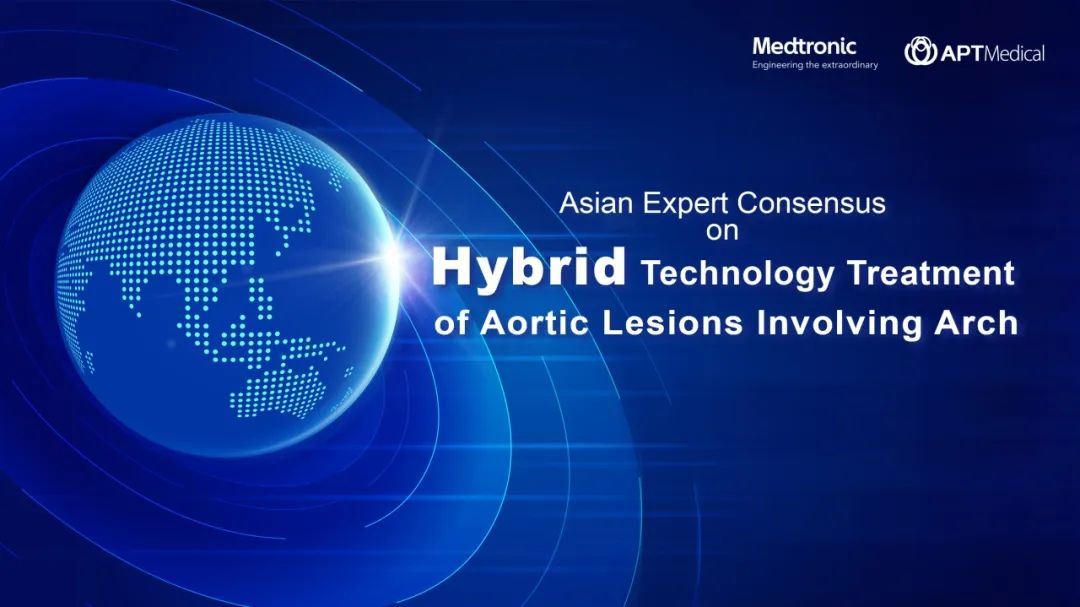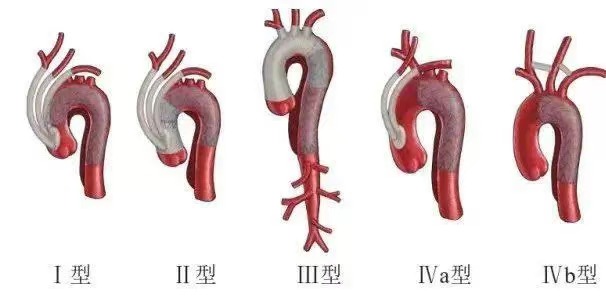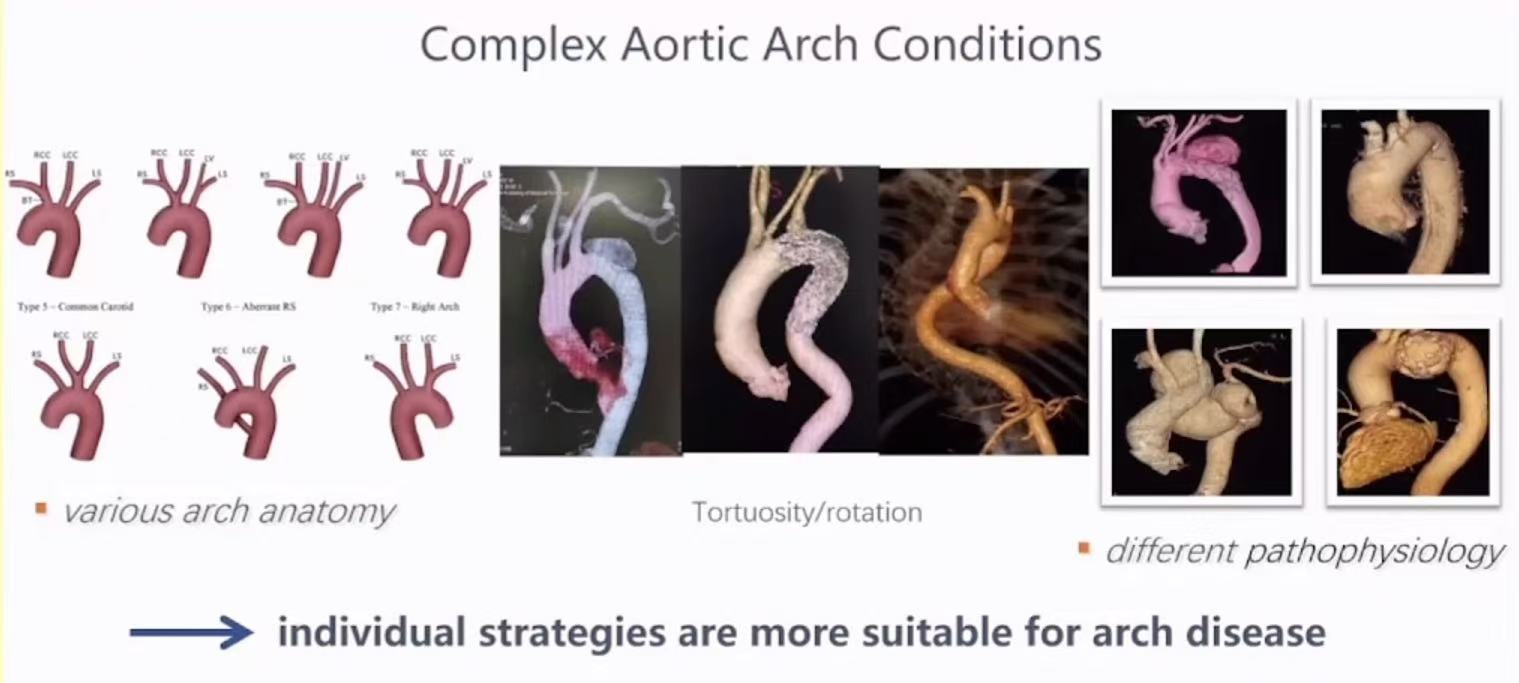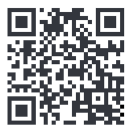
Introduction:
Patient education plays a critical role in the successful treatment of aortic arch disease, especially when hybrid techniques are involved. While hybrid techniques are generally safer and offer faster recovery compared to traditional surgeries, the patient's understanding and involvement in the process can significantly influence the overall treatment outcomes. Effective patient education not only improves patient compliance but also helps reduce anxiety, leading to better post-treatment recovery and long-term health.

Hybrid techniques are a relatively new treatment modality, and patients often have limited knowledge about the procedure. Therefore, educating patients about the treatment options, the steps involved in the hybrid procedure, and what to expect during recovery is essential to ensure the success of the treatment. Educated patients are more likely to follow medical instructions, participate actively in their recovery, and report any potential complications early.
For instance, doctors must clearly explain the hybrid approach, detailing how the procedure involves both interventional techniques (stent placement) and surgical repair, and how these combined methods reduce the need for open surgery and its associated risks. Patients should also be made aware of the advantages of hybrid techniques, such as shorter hospital stays, faster recovery, and a lower risk of postoperative complications compared to traditional surgery.

Additionally, post-surgical education is just as important. Patients need guidance on how to manage their recovery process, including understanding signs of infection, how to take prescribed medications, and the importance of regular follow-up appointments. Understanding the importance of lifestyle changes such as diet, exercise, and blood pressure control can also help prevent recurrence of vascular issues.
Hospitals can enhance patient education by providing easy-to-understand materials such as videos, brochures, or even animations that illustrate the procedure and recovery process. Digital tools like mobile apps or patient portals can also be used to track recovery, provide reminders for medication or follow-up appointments, and offer real-time access to educational content. Such resources can be especially useful in regions with language barriers or varying health literacy levels.
In some cultures, there may be resistance to modern surgical interventions, especially if the procedure is seen as unfamiliar or unfamiliar in a specific cultural context. In these situations, addressing patient concerns through detailed explanations, sharing success stories, and offering examples of similar treatments that have worked for other patients may alleviate anxiety and build trust.
Patient education is an essential component of the treatment process for those undergoing hybrid techniques for aortic arch disease. By ensuring that patients are fully informed about their procedure, postoperative care, and lifestyle changes, healthcare providers can significantly improve treatment outcomes and reduce recovery time. As the healthcare industry continues to embrace more personalized care, patient education will play an increasingly important role in ensuring the success of hybrid techniques and improving patient quality of life.


